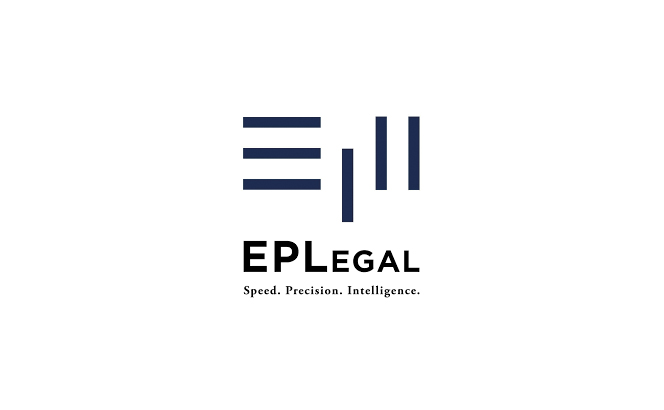
1. What are the key regulatory bodies and authorities overseeing the banking and finance sector in Bosnia and Herzegovina, and what are their primary responsibilities?
It should be noted that regulatory bodies and authorities overseeing the banking and finance sector in Bosnia and Herzegovina (BH)1 are established on the state level, ie BH level and on the level of BH sub-jurisdictions, namely Republic of Srpska (‘RS’) and Federation of Bosnian and Herzegovina (‘FBH’).









